Fertilizer For Lawns – What Type Of Lawn Fertilizer To Use


A healthy, green lawn is a joy to sink bare feet into and complements the landscape. The best fertilizer for grass will promote healthy turf and minimize weed and pest issues with a thick mat that resists these problems. There are many types of lawn fertilizer on the market, or you can use home-grown methods to enhance the vigor of your grass. Choosing the right food for lawns begins with understanding grass fertilizer numbers and knowing your soil and sod type.
Grass Fertilizer Numbers
Lawn maintenance is more than just mowing, thatching, and aerating. Turfgrass is a heavy feeder and requires regular moisture to look its best. All plants benefit from basic macro and micro-nutrients. Grass, in particular, needs extra macro-nutrients which can come from air and water, but which are used in such quantity that supplemental applications are beneficial. These main nutrients are nitrogen, phosphorus, and potassium and are symbolized on grass foods as N-P-K. A soil test is a great way to decide which of these ratios is needed in the highest amount. The ratio of nutrients on any plant food is represented by N-P-K and states the amount of each. For instance, a 10-10-10 is a balanced food with equal parts nitrogen, phosphorus, and potassium.
- Nitrogen promotes foliar growth and color.
- Phosphorus is useful in encouraging flower and root growth, and early establishment.
- Potassium in lawns enhances the plant’s ability to use nitrogen.
Soil tests are easy to use and will indicate which, if any, nutrient the area might be deficient in. This will tell you which nutrient ratio needs to be highest. Other factors for choosing what type of lawn fertilizer to use are warm or cool-season grass varieties, soil pH, whether you prefer organic or synthetic formulas, and the timing to feed your grass in your zone.
Understanding the Types of Lawn Fertilizer
Using fertilizer for lawns is an effective way to prevent disease and pest damage and minimize maintenance. What type of lawn fertilizer should you use?
- There are time-release fertilizers that are beneficial for feeding the lawn over many months and prevent the gardener from having to remember to feed again at a certain time.
- The gradual release also allows plant roots to harvest the nutrients they need slowly, preventing necessary elements from leaching away into the soil. This type of food is easy to apply and minimizes the chance of burning the lawn.
- Granular fertilizers may be time-release or slow release. Either way, they are popular due to the ease of application.
- Liquid or water-soluble fertilizers are spread using a hose and provide a quick, effective way to introduce nutrients rapidly to grassroots.
Many of these forms come in either synthetic or organic forms.
- Synthetic formulas are chemical and offer immediate release and quick greening of the lawn.
- Organic formulas are naturally made from once-living organisms or their byproducts.
The choice is yours on which application type and formula to use on your lawn.
No Muss No Fuss Fertilizer for Lawns
The lazy gardener can combine a need for organic, homemade treatment and provide much of the same benefits as purchased products. The easiest way to develop a healthy lawn without adding purchased items is to mow it. Mow leaves onto the lawn and leave the clippings. If you mow frequently enough, the thatch will not build up because shorter clippings will compost in quicker and start amending the soil and adding nutrients. The combination of grass clippings and dried leaves hasten the composting process because one is a carbon source and the other is primarily a nitrogen source. This is a one-two punch in the composting world, which breaks down more quickly than nitrogen alone from the clippings. You may find this the best fertilizer for grass and save some pennies along the way.
Gardening tips, videos, info and more delivered right to your inbox!
Sign up for the Gardening Know How newsletter today and receive a free copy of our e-book "How to Grow Delicious Tomatoes".

Bonnie Grant is a professional landscaper with a Certification in Urban Gardening. She has been gardening and writing for 15 years. A former professional chef, she has a passion for edible landscaping.
-
 Zinnias On Repeat: 10 Glorious Cut-And-Come-Again Varieties For Endless Summer Bouquets
Zinnias On Repeat: 10 Glorious Cut-And-Come-Again Varieties For Endless Summer BouquetsThese zinnia varieties keep giving all summer, making them the perfect choice for dedicated cutting gardens – or just the occasional homegrown bouquet.
By Ellen Wells
-
 Create A Romantic Garden Straight Out Of Bridgerton: Regency Era Romance In Your Garden
Create A Romantic Garden Straight Out Of Bridgerton: Regency Era Romance In Your GardenTry some romantic garden ideas straight out of Bridgerton. Flowers and gardens in the Regency era were lush and charming and you can get the same look!
By Bonnie L. Grant
-
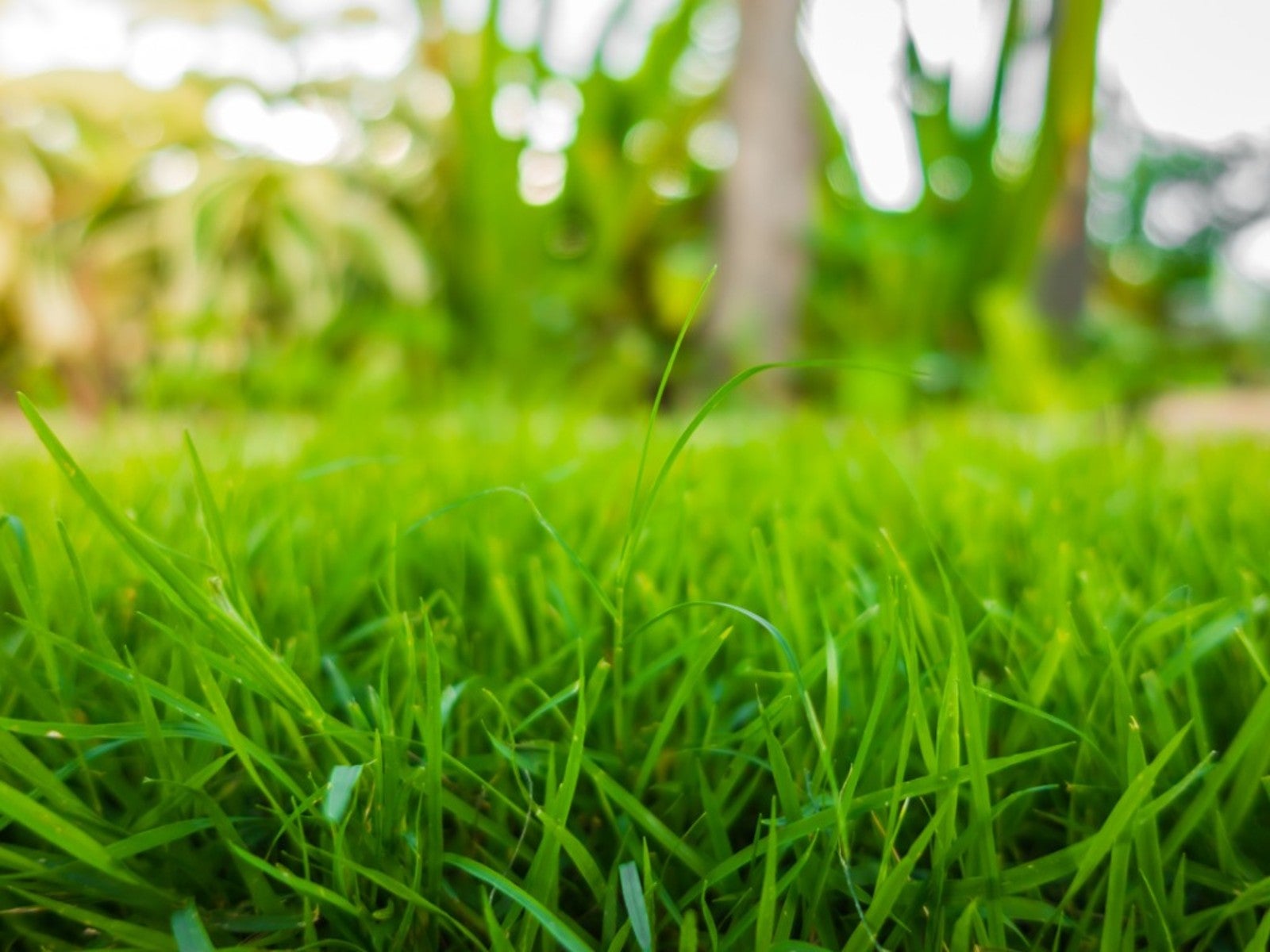 Sustainable Turf Species For A Greener Lawn
Sustainable Turf Species For A Greener LawnClick here for some of the most sustainable types of turf grass you can grow for an eco-friendly lawn.
By Bonnie L. Grant
-
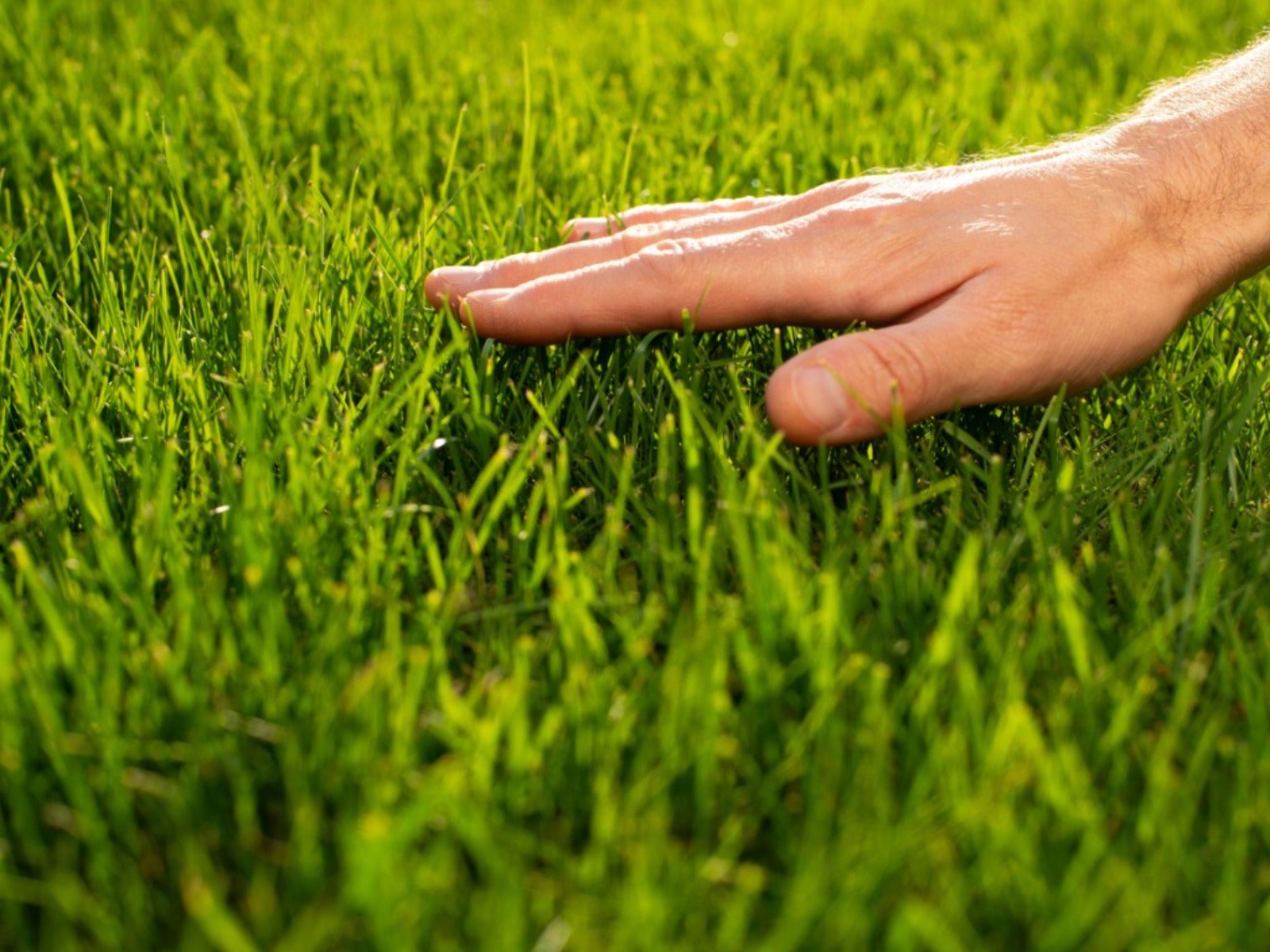 How To Grow A Sustainable Lawn
How To Grow A Sustainable LawnAdjust your thinking about a perfect green lawn and consider more sustainable methods. Click here to learn how.
By Mary Ellen Ellis
-
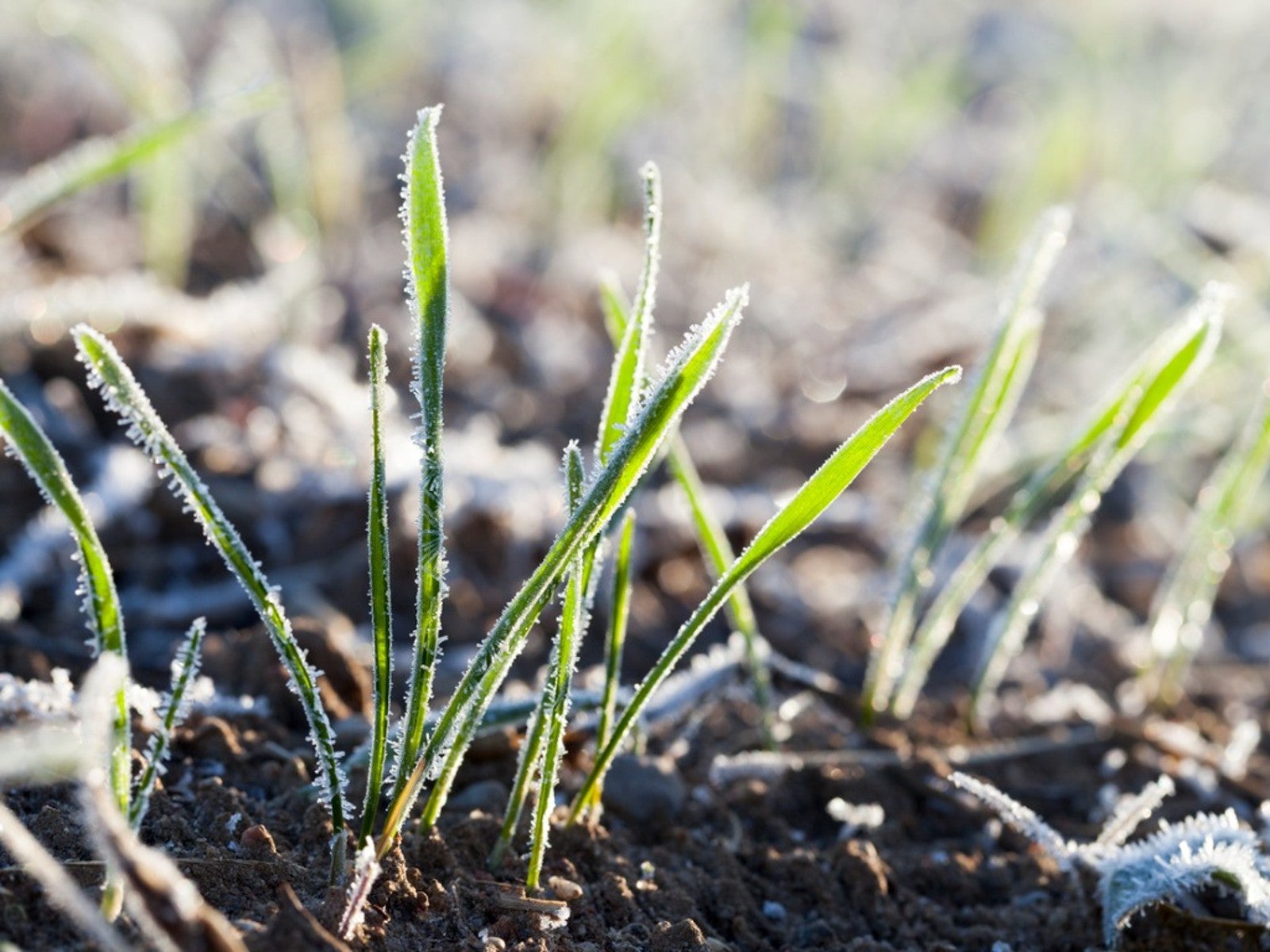 Will Frost Kill Grass Seed And How To Help New Turf Survive
Will Frost Kill Grass Seed And How To Help New Turf SurviveLearn how to help your newly sown grass survive frost and freezing weather.
By Amy Grant
-
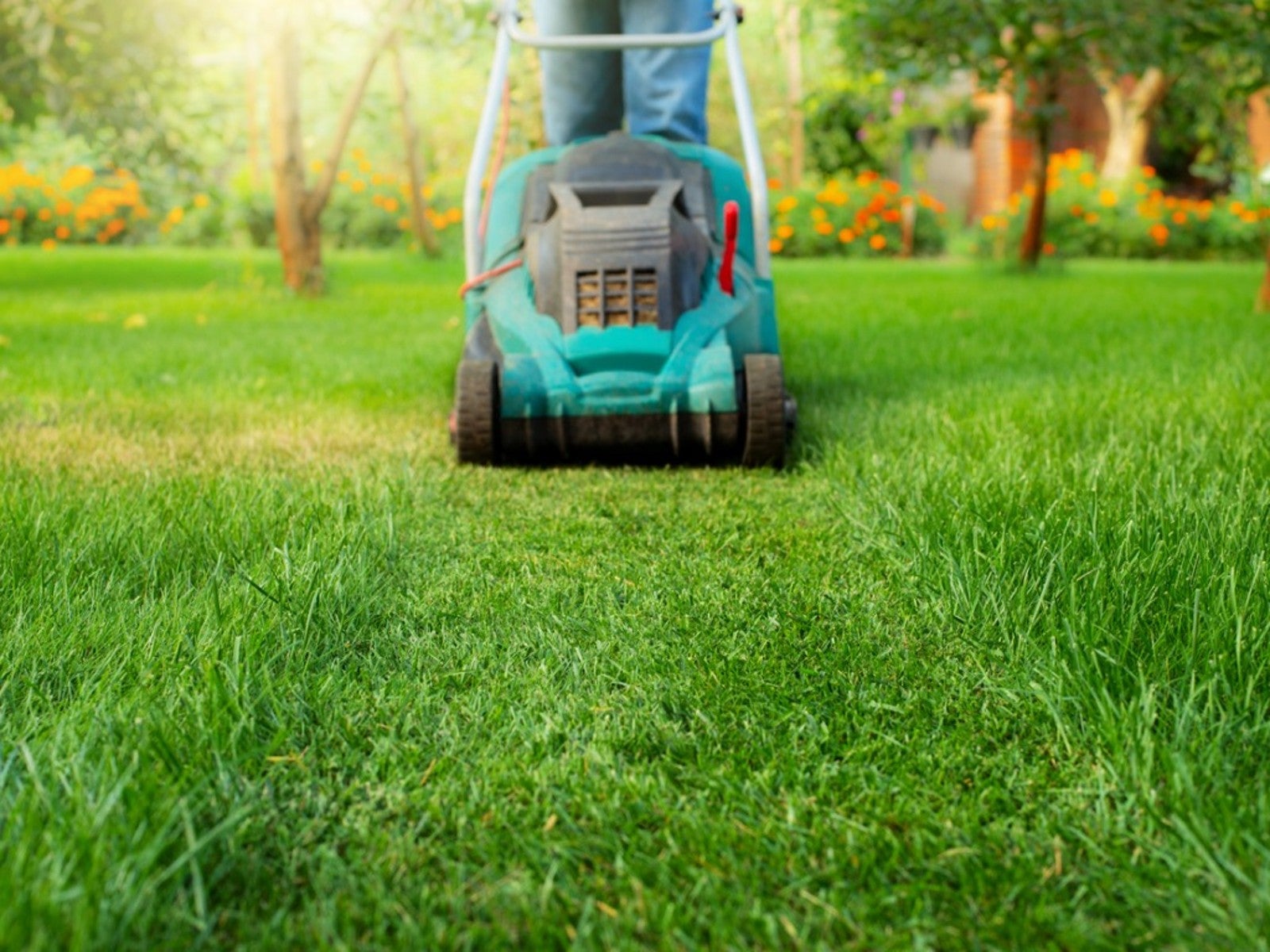 Lawn Problems That Aren’t Really Problems
Lawn Problems That Aren’t Really ProblemsYour lawn may not require as much work as you think. Learn which common problems aren’t really problems.
By Teo Spengler
-
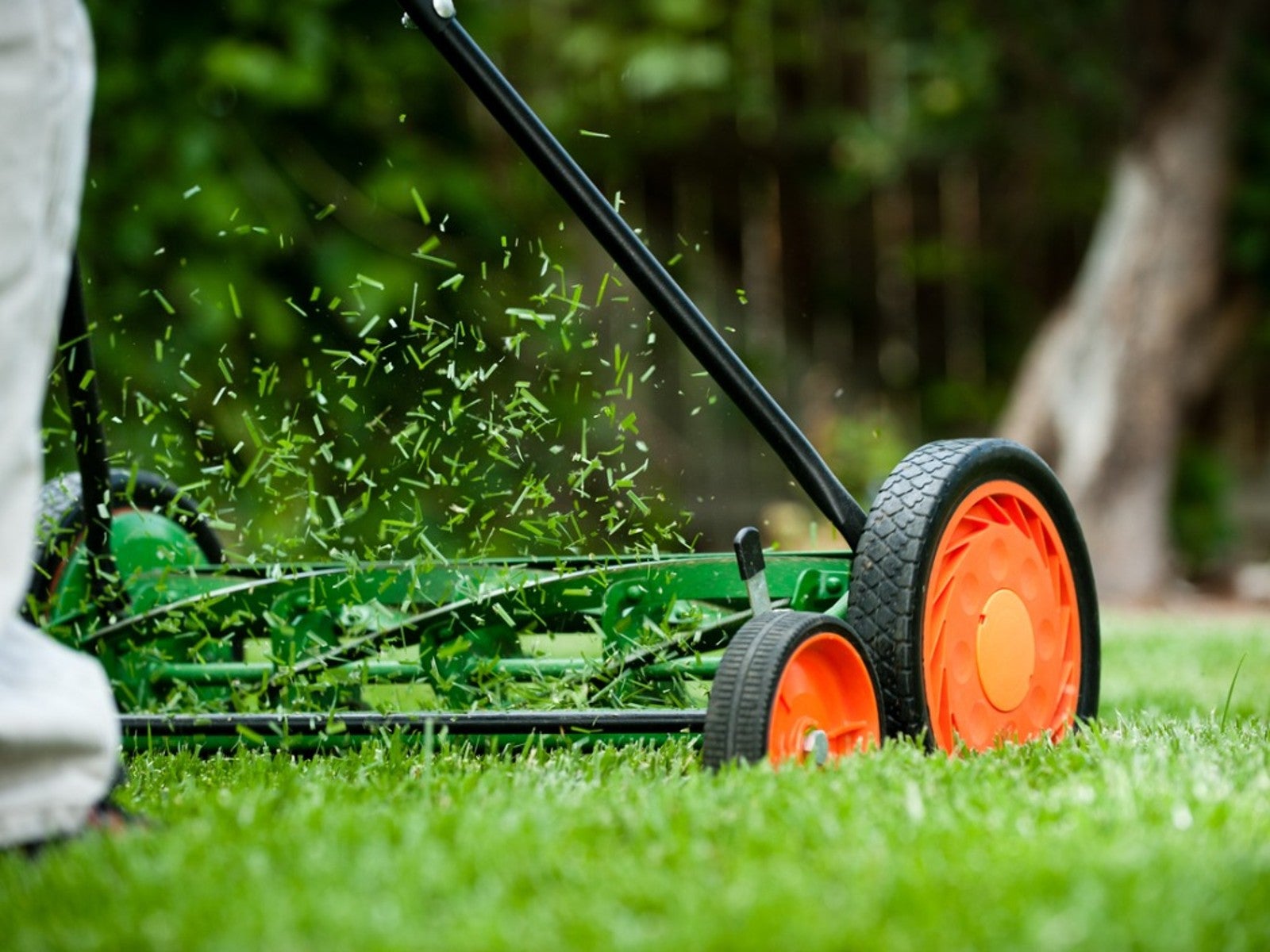 Why A Manual Push Mower Is Good For You And The Environment
Why A Manual Push Mower Is Good For You And The EnvironmentReel mowers are making a comeback, but why? Click here to learn about reel mower pros and cons.
By Amy Grant
-
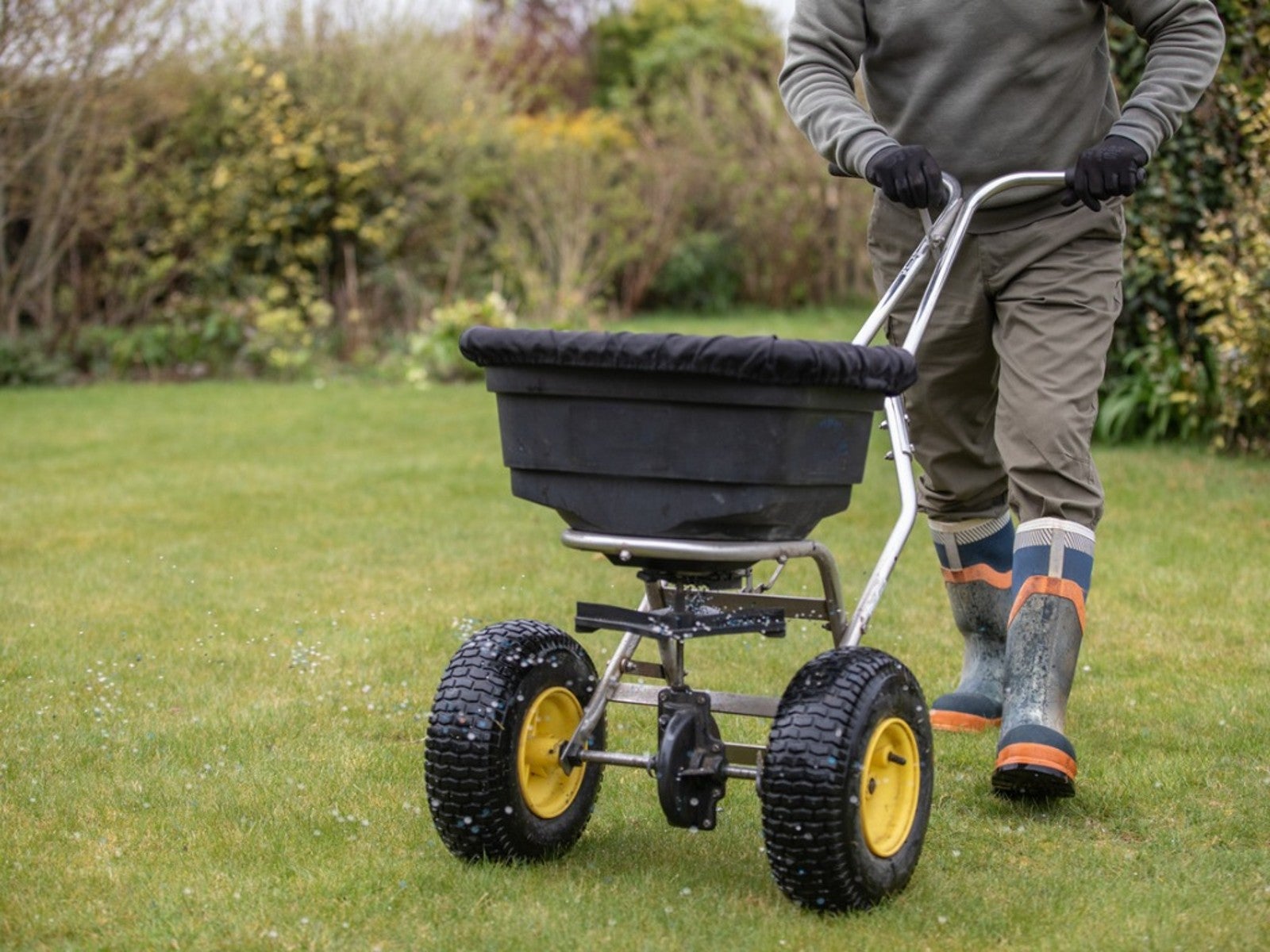 Fertilize Grass In Fall For A Lush Lawn In Spring
Fertilize Grass In Fall For A Lush Lawn In SpringFor everything you need to know about fertilizing your lawn in the fall, click here.
By Susan Albert
-
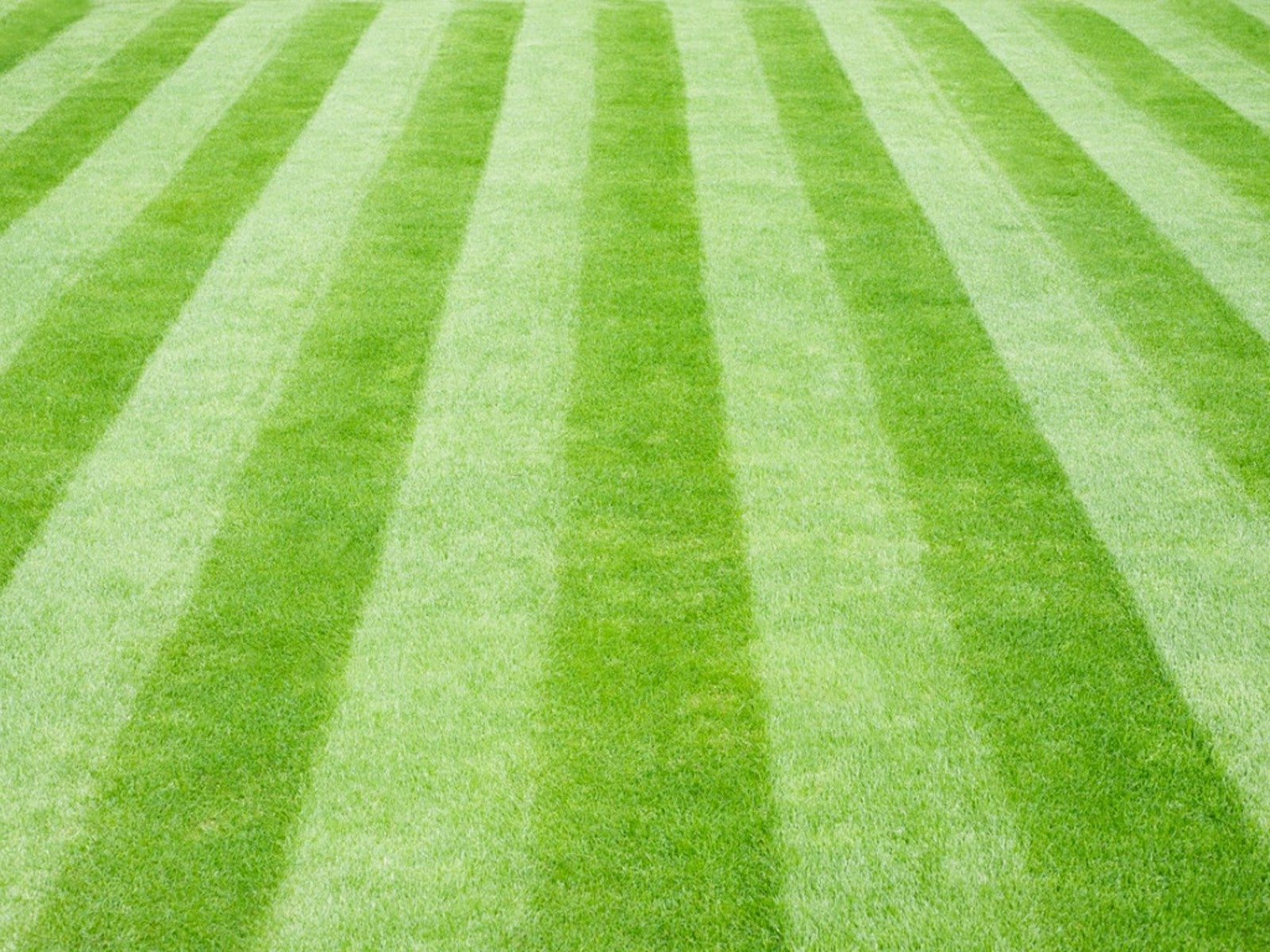 Tips For Mowing Stripes In Lawn
Tips For Mowing Stripes In LawnWouldn’t it be great to have stripes in your lawn like a sports field? Learn how here.
By Susan Albert
-
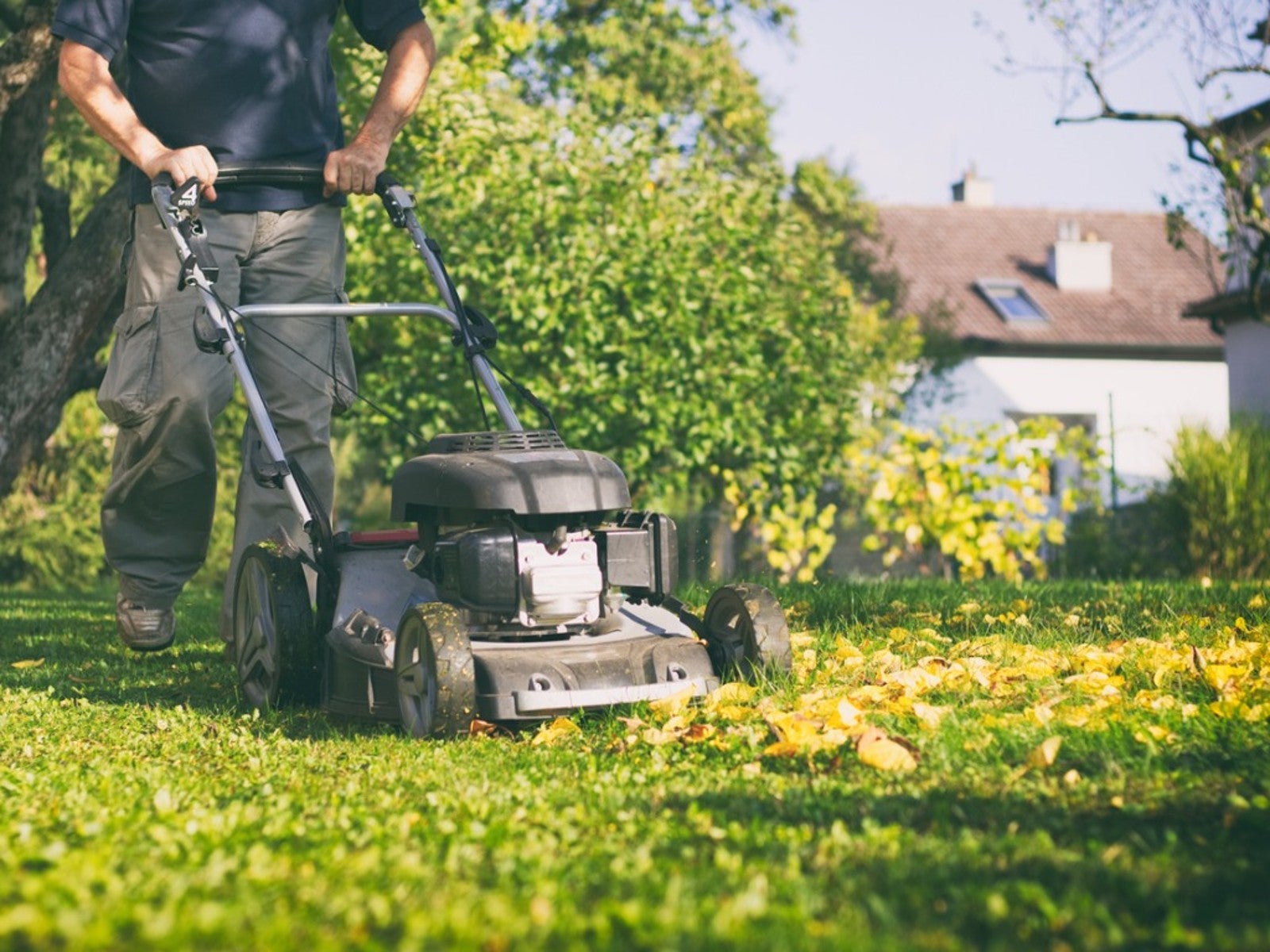 Late Summer Lawn Care Checklist
Late Summer Lawn Care ChecklistPlan to do some late summer care and maintenance of your lawn so it will be healthy and beautiful in the spring. Here are some tips.
By Laura Miller